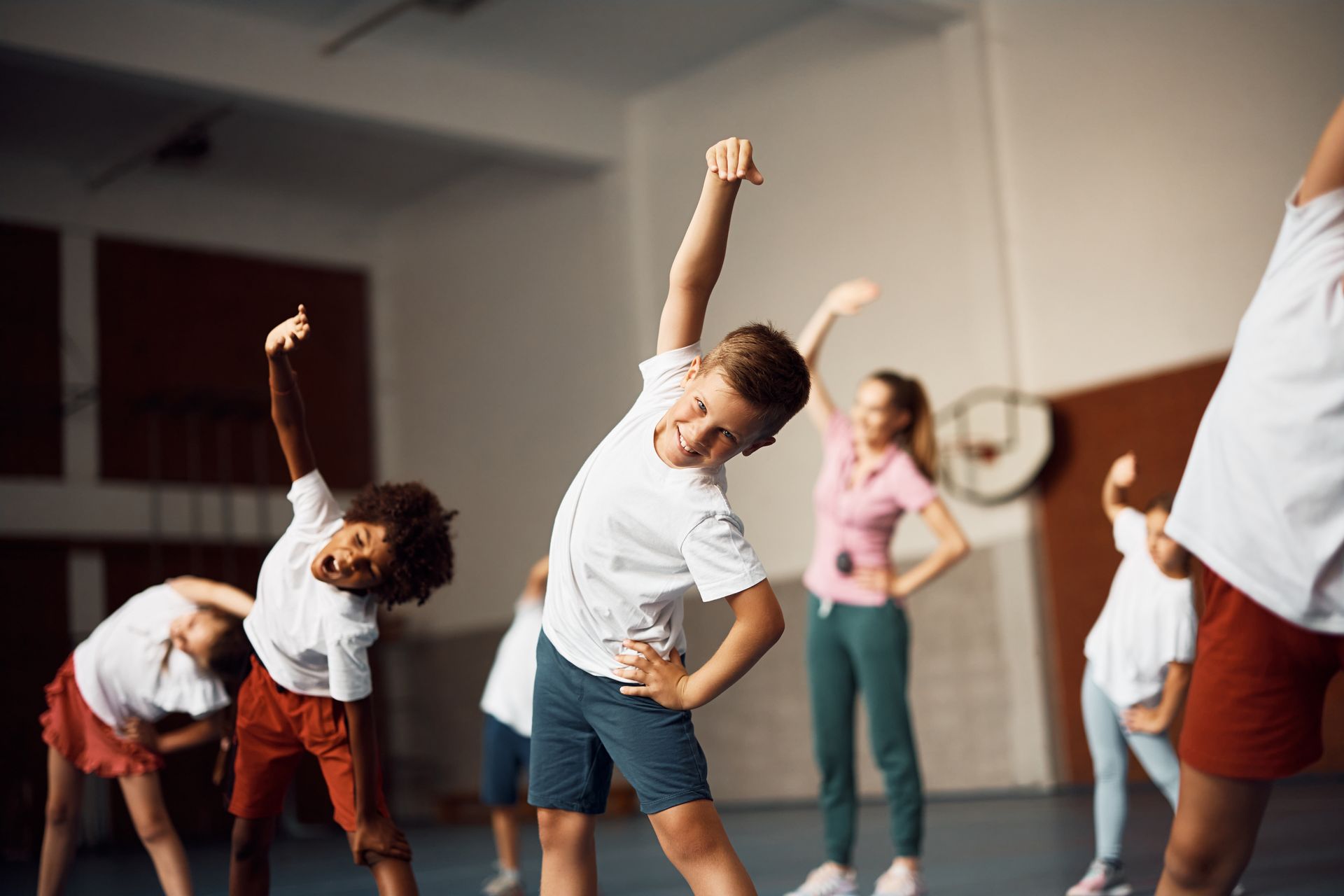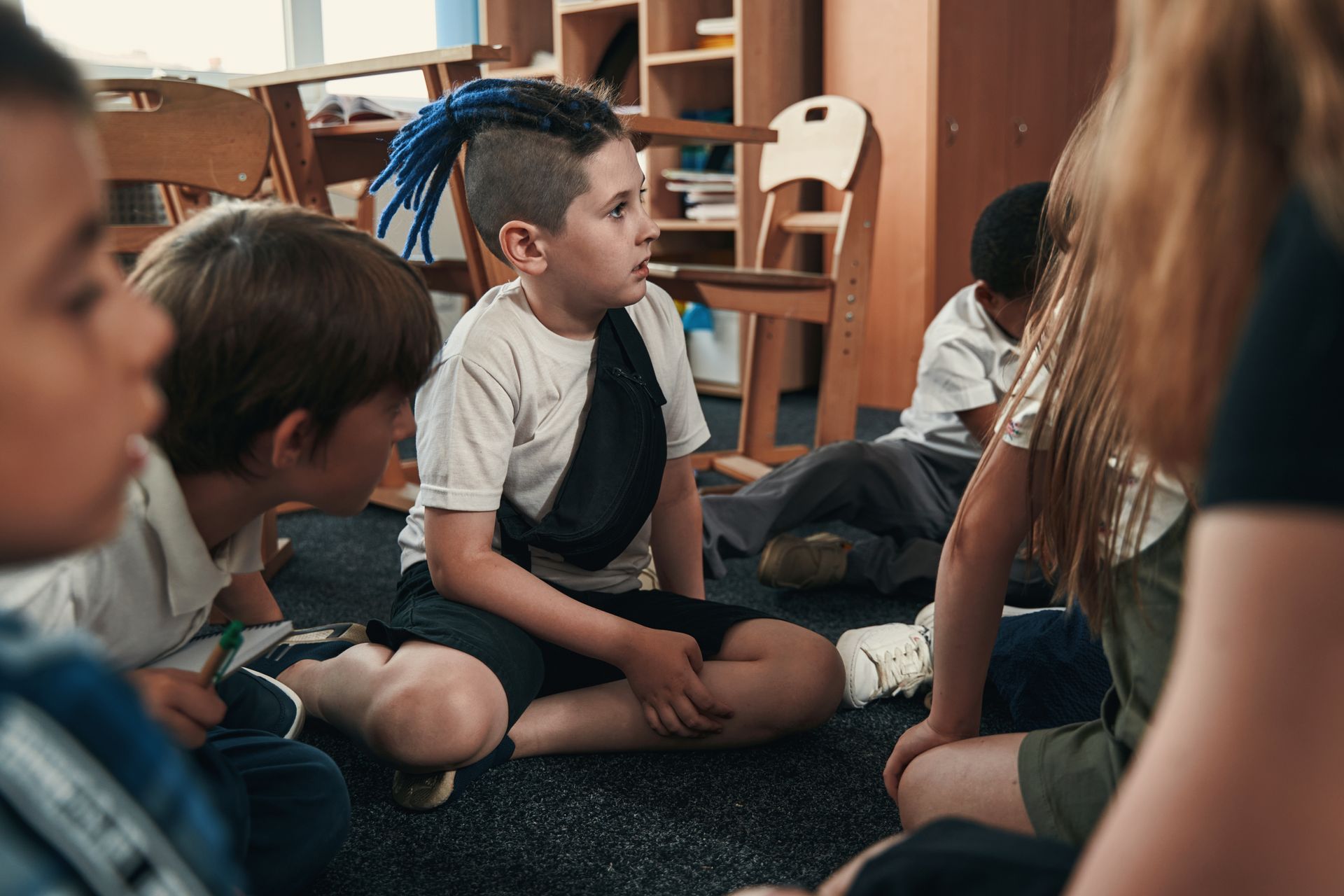HEALTH TIP MINUTE - SEPTEMBER
Effects of Social Media on Children
https://healthstage.clevelandclinic.org/dangers-of-social-media-for-youth/
I thought the article was a great summary of the current issues most families are facing when it comes to social media and wanted to remind parents that it is there responsibility to set limits and explain why too much time on technology is not healthy for physical and mental health.
“Spending time on social media has become almost a way of life for most adults — scrolling through videos of cuddly cats and wacky dances for hours a day. But is it healthy for your children to have the same habits? And how do you know if they’re being safe on social media?
Child psychologist Kate Eshleman, PsyD, discusses the potential dangers of kids using social media and — if you’re allowing them to use it — how to talk to them about how to stay safe, not overdo it and not take a lot of what they see on there too seriously.
Most social media apps require users to be at least 13 years old. But in a recent poll, parents shared that 50% of children 10 to 12 years old and 33% of children 7 to 9 years old use social media apps. If your child is currently on social media or if they’ve been asking to join, it’s important to talk to them about what social media is, what rules you have for it and how it doesn’t always show an accurate picture of someone’s life.
“Social media makes it easy to compare oneself to another,” says Dr. Eshleman. “Most people put on social media what they want you to see. And by using social media, all of us have the ability to access endless information anytime we want to and that can be very hard for kids.”
While experts are just beginning to understand social media’s impact on children, one study shows that children younger than 11 years old who use Instagram and Snapchat are more likely to have problematic digital behaviors like having online-only friends and visiting sites parents would disapprove of, as well as a greater chance of taking part in online harassment. That same study says limiting how much time a child spends on social media may reduce some of the negative effects of using social media at such an early age.
Another study talks about how children who use TikTok are developing tics and having tic-like attacks. They’re experiencing a movement disorder brought on by stress and anxiety — presumably made worse by the pandemic and teens’ increased social media consumption.
In addition to problematic digital behaviors, there may be changes in children’s daily behavior at home like:
- Increased irritability.
- Increased anxiety.
- Lack of self-esteem.
“If kids are being asked to get off social media and do their homework, then parents might see increased periods of irritability or frustration directed towards parents,” says Dr. Eshleman. “They’re being asked to do something they don’t want to do and stop doing something they enjoy.”
Dangers of social media
As a parent, it can be hard knowing what your child is doing online. There are dangers to be aware of, though, including:
- Cyberbullying.
- Online predators.
- Sharing too much information.
- False marketing.
- Dangerous viral trends.
“Kids don’t have the cognitive and executive functioning to think through harmful situations and why those might be a bad idea,” says Dr. Eshleman. “So sometimes they’re placing themselves in physical risk.”
What’s the solution?
Social media can have a positive effect on your child like helping them learn how to communicate with others, navigate relationships and how to manage somebody who isn’t being kind to them. So, no social media at all might not be the best (or realistic) solution for your kids. But if you decide to let your children use social media, make sure to talk to them about expectations — both yours and theirs. Here are a few tips on how to navigate the social media world together:
- Determine if your child is ready. Even if your child is old enough to join a social media platform, they might not be ready for it. As the parent, you have a good sense of their maturity level and how they interact with others like coaches and friends. If you’re unsure, Dr. Eshleman suggests doing a test period on social media. “Parents should identify their expectations and communicate those to their children,” she says. “Also, identify consequences of not following them.”
- Talk to your kids. From the beginning, it’s important to have an open and honest conversation with your children on what social media is and what it can be used for. Ask why they’re interested in having an account on a particular platform and what they want to use it for. But as they start venturing into the world of social media, keep talking. “If you hear about a popular TikTok trend or that a newsworthy story is trending, talk to your children about what they think and what they’ve seen,” says Dr. Eshleman.
- Limit screen time. The American Academy of Pediatrics recommends limiting screen time to two hours a day for children. Eshleman says that’s a good guideline but wants parents to also focus on the big picture — making sure your kid is still getting enough physical activity and face-to-face interactions. “It’s not always just the screen time that’s the problem,” she says. “It’s what the screen time is in place of.” You can always use a screen time app that automatically sets limits, too, to prevent arguing!
- Monitor their usage. Dr. Eshleman suggests checking on what your child is consuming, whether that’s scrolling through their tablet or phone or using a social media monitoring tool. “See what apps are there and familiarize yourself with those,” she says. “Ask yourself if this tool is going to fit your goal.”
- Model good behavior. Easier said than done, right? But Dr. Eshleman says practicing safe and healthy social media behaviors in front of your child can go a long way. “It’s much harder for kids to understand the potential dangers or risks of social media when parents engage in the same behaviors themselves,” she says.
The biggest takeaway? Go easy on yourself as a parent when it comes to social media and your kids. Don’t be afraid to talk to other parents about what they do or ask for help if you are struggling with how to navigate social media and keep your kids safe.”


